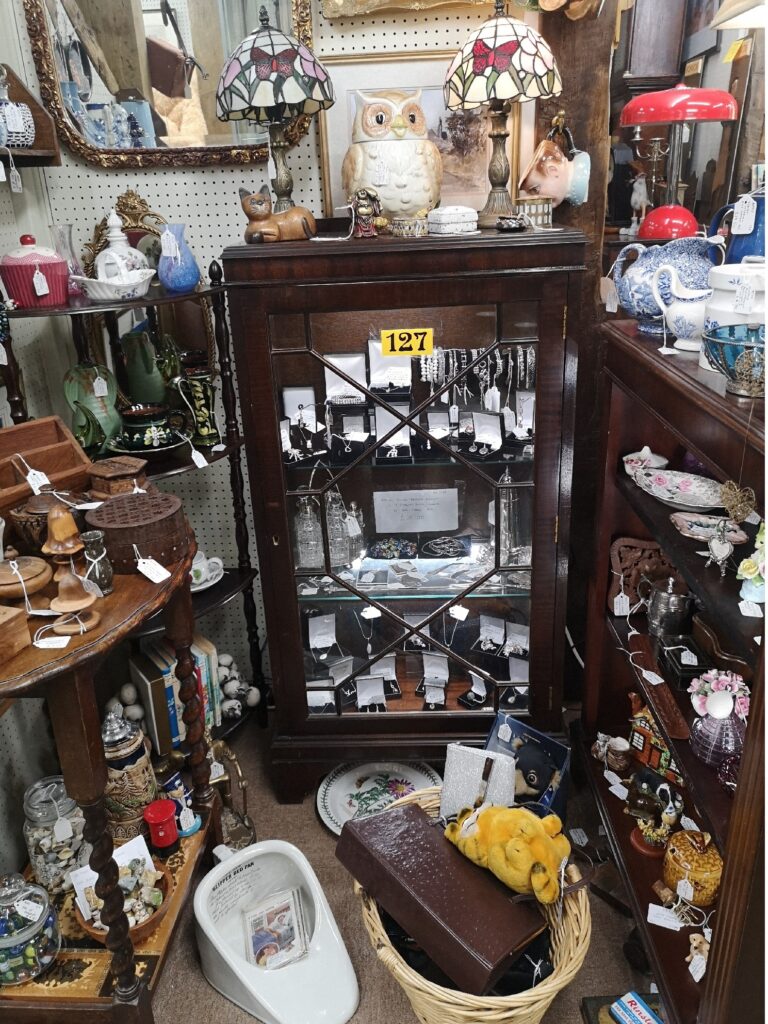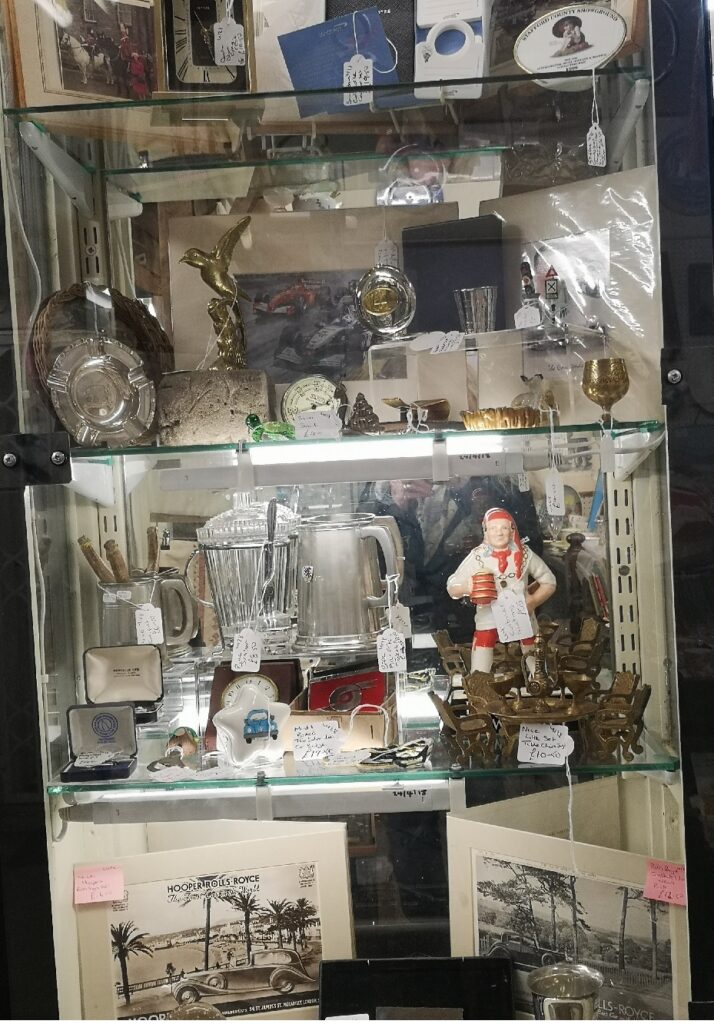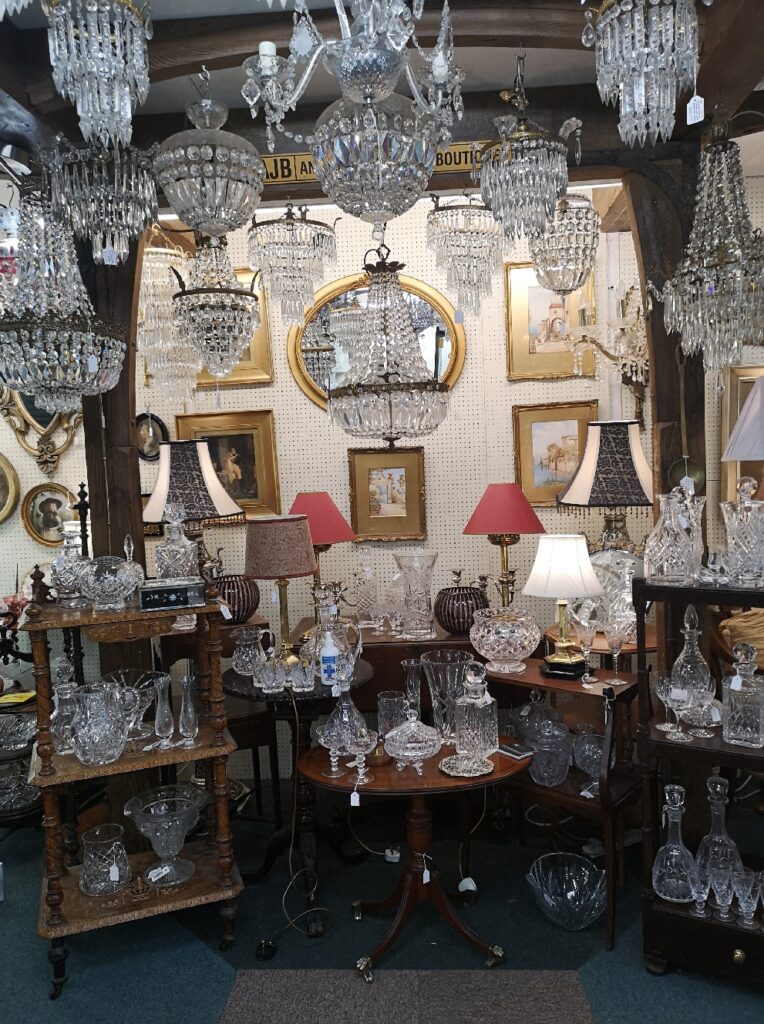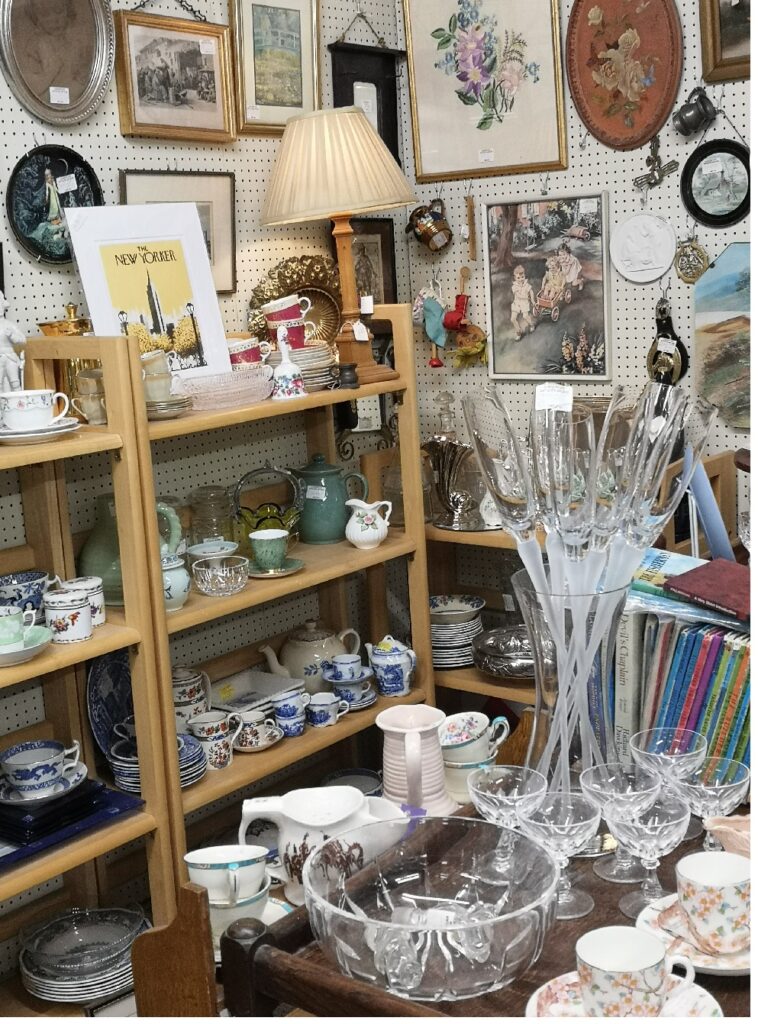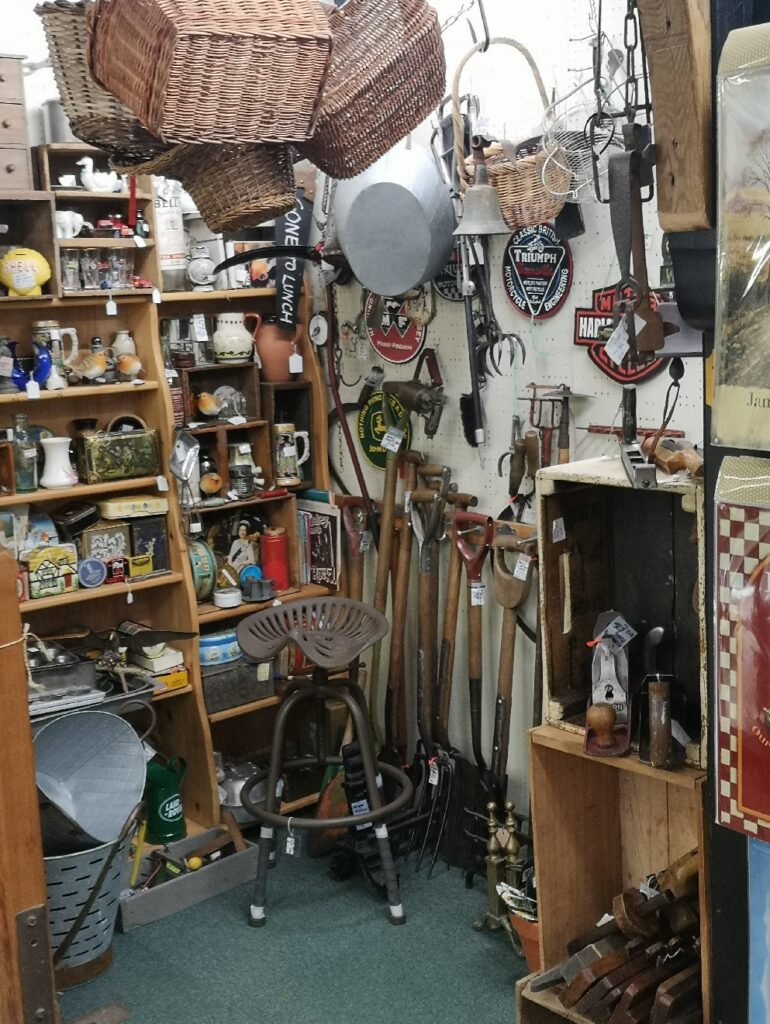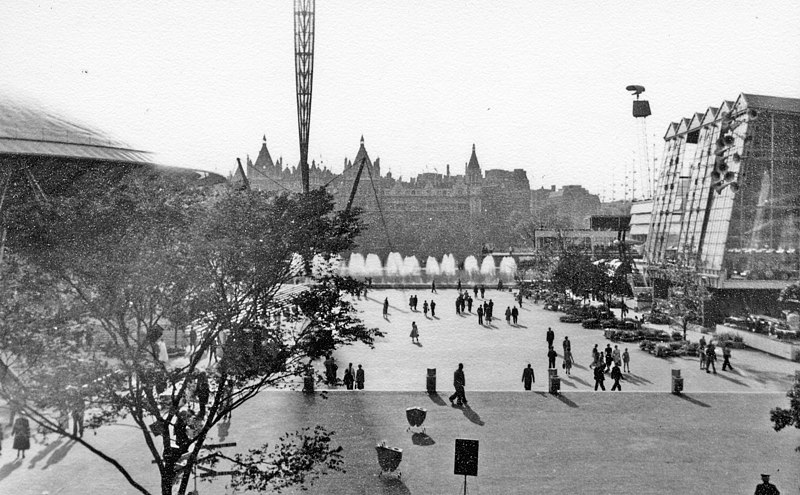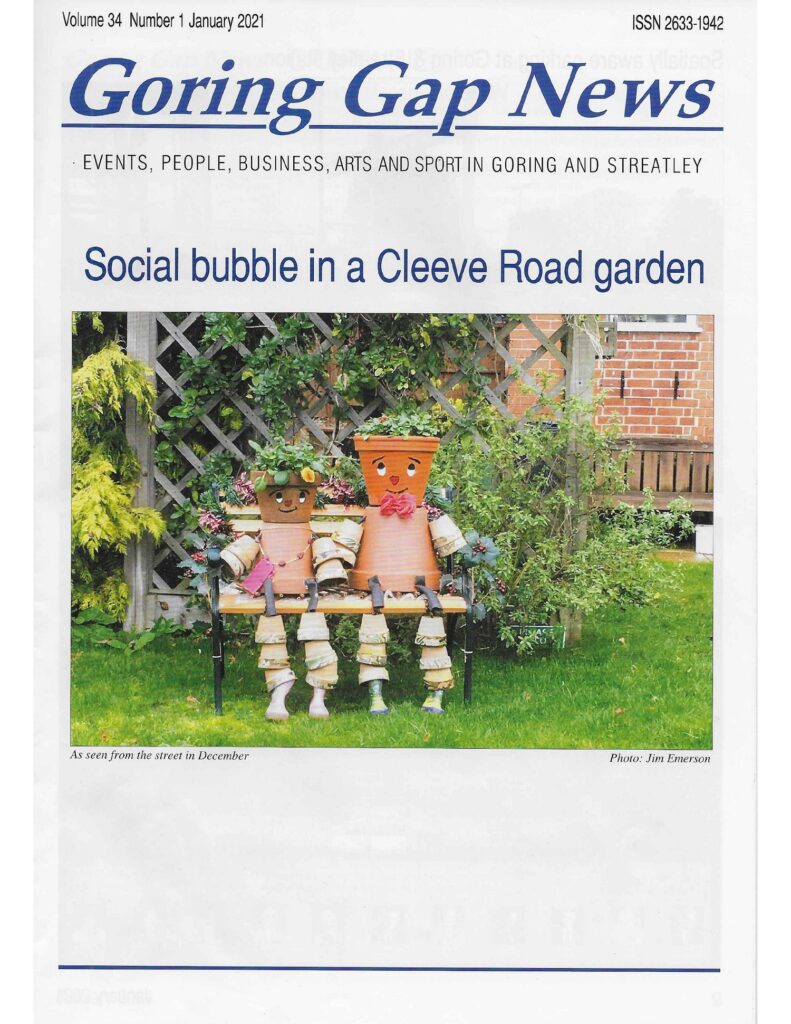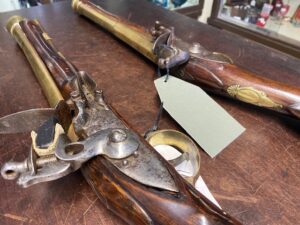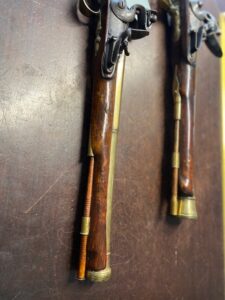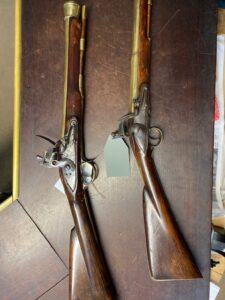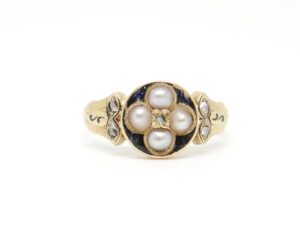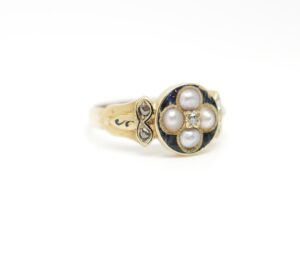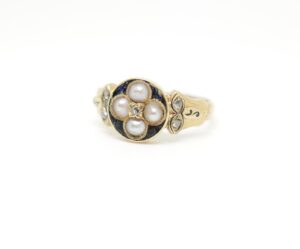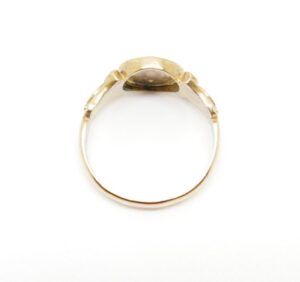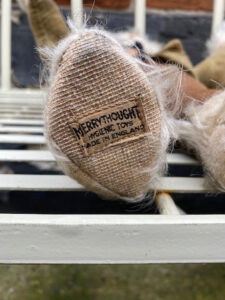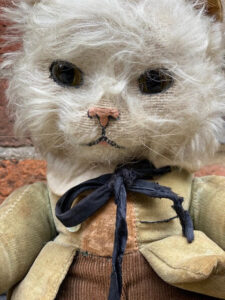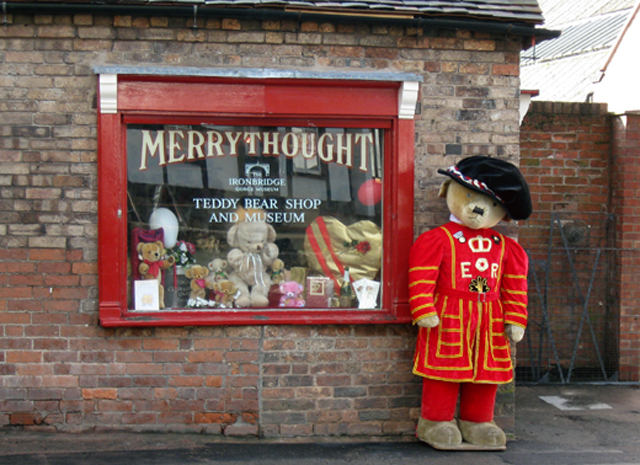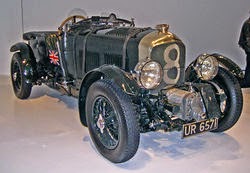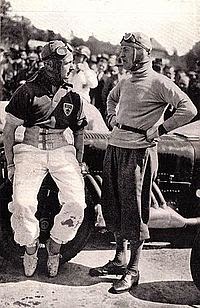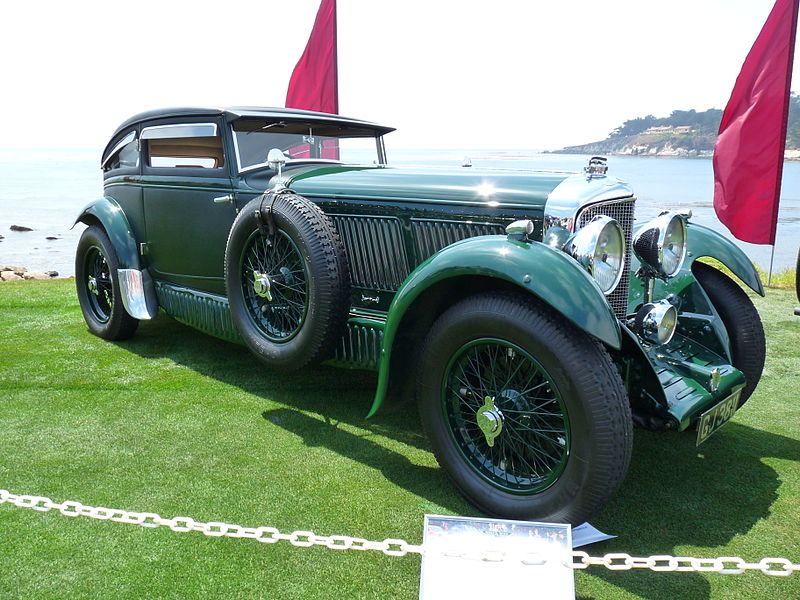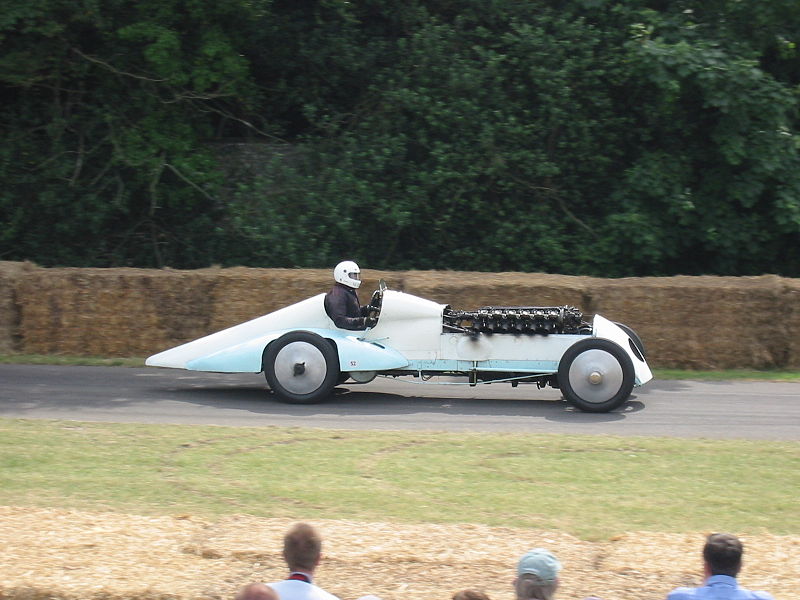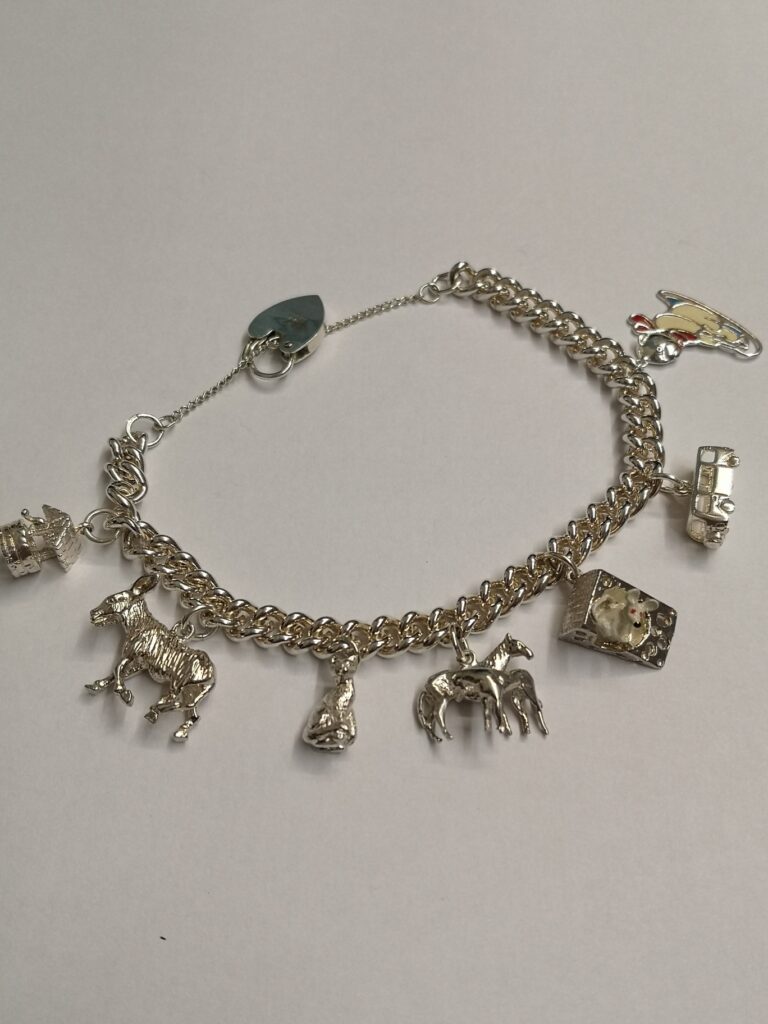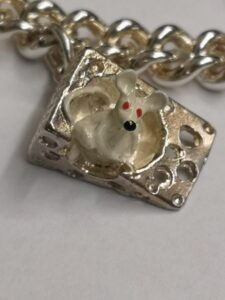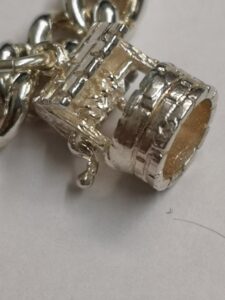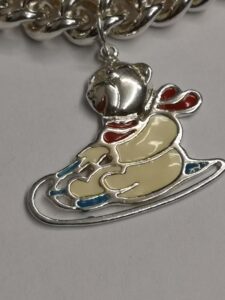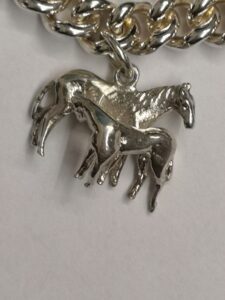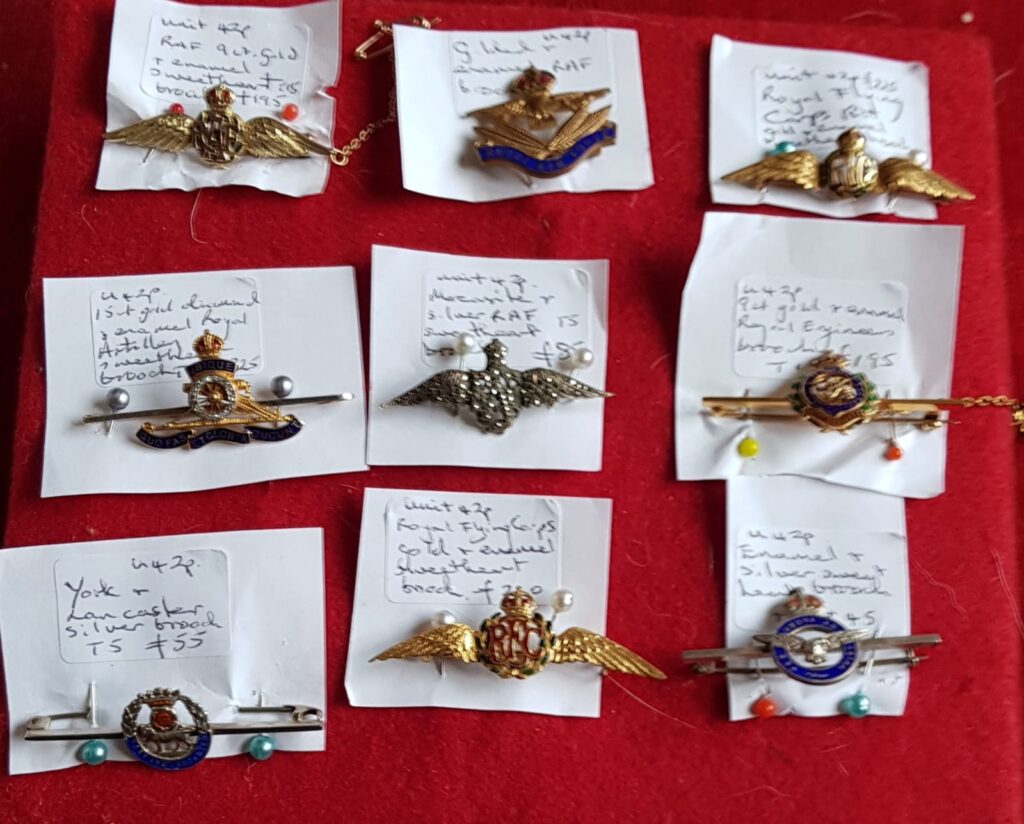Hungerford Arcade was transported back to the Middle Ages when regular customer, Stephen Payne called in to buy things for his fascinating hobby. I am sure you will enjoy Stephen’s story about himself and his hobby!
I am a Living History re-enactor specialising in the middle ages period (circa 1485) and as such I ‘play’ three very different characters, a mercenary ‘Man-at-Arms’, a goldsmith and a Peddler. During the summer I travel to castles and stately homes around the south of England, taking part in jousts, battles and trading fairs. My three very different characters are:
1. Master Stephen – Peddler
The origin of the word peddler is unknown, but it might come from the French ‘pied’ or Latin ‘pedis’ meaning “foot”, referring to a trader on foot. Peddlers usually carried their wares in a back pack or used a cart and were important visitors to any village. Poor roads meant wealthy merchants saw no profit in rural areas, giving an opportunity for Hawkers to make money trading between villages and hamlets which rarely saw anyone else. They bought, sold and bartered second-hand goods among the villages and brought in new goods in from neighbouring towns and ports. Most carried an extremely diverse range of goods which could be sold or bartered and included: combs, pins, cheap jewellery, knives, woodenware, knitted goods, books, needles and needlecases, cloth, metalware, baskets, rings, wooden instruments, dyes, ink, paper, parchment, rugs, pots, religious objects, spices, caps, yarn, stockings, ready-made shoes, wool hats, cups, flagons, brushes, brooms and wooden toys. They had to be careful when trading woollen items, especially in raw form or on rolls as the Guilds were jealous of their monopoly. Peddlers and Hawkers also had to be careful not to encroach upon the livelihood of local blacksmiths when trading or repairing metal items as every village depended on the local blacksmith for several services and could not afford to alienate them.
2. Stephen of Loxwood – Mercenary Man-at-Arms
soldier. It was used to describe a fully armoured heavy foot soldier who was occasionally mounted, but while all knights certainly were men-at-arms, not all men-at-arms were knights. The man-at-arms primarily denoted a military function, rather than a social rank. The military function was to fight. Stephen is an ‘old soldier’ with twenty years experience on the battlefield. Although not wealthy, (his clothing and equipment shows the wear and tear of long service) he has accumulated a large variety of practical equipment, interesting stories and scars over the years. As a professional soldier, Master Stephen fights on foot, on horseback, in line formation or on his own. He gets regular pay from his Lord and also collects whatever items of value he can find after a battle, giving half to his Lord in tribute. His current employer is Sir William Marshall, Knight Commander of the forces of the Earl of Arundel.
3. Master Stephen – Goldsmith
The relative value of jewellery was much higher in the middle ages than it is today. It was said that at his wedding, Charles V of Burgundy wore ‘jewels, crowns, belts, rings and other good worked stuff’ worth the county of Shropshire and everything in it (around £50-£100 billion by today’s standards). Gemstones were prized both for their looks and for magical properties. Pope Clement VII consumed over 40,000 golden ducats worth of ground gemstones by his death in 1534 in an attempt to cure his various illnesses. The geographical origin of gems in medieval jewellery shows the extent of trade throughout the world, for example the 53.5 carat ‘Sancy’ diamond belonging to Charles the Bold and listed amongst his possessions at his death in 1477 originated in India, and the 194.7 carat ‘Orloff’ diamond in the Russian crown jewels was originally the left eye of a statue in a Brahmin temple in Madras. Master Stephen trades in small pieces to the local nobility, concentrating on rings and hat badges.
The Hungerford Arcade is an excellent place to find all manner of goods for these three characters. A recent visit netted some silver plate and pewter dishes, goblets for a banquet, a wooden stool and some jewellery which was taken apart, gold plated, and is now a series of hat badges being worn by the ‘Destrier Pro’ international jousting team. Previous pieces bought in the arcade have been reworked into items shown on film and TV shows such as ‘The Tudors’, ‘Elizabeth’, ‘Gladiator’ and ‘Robin Hood’. A surprising find was some long hazel stakes which can now be seen as the support poles for the awning of the Peddlers cart (see photo).

Master Stephen – Goldsmith

The Peddler with hazel stakes made into support poles for the Peddler’s awning

Some shiny finds from Hungerford Arcade

